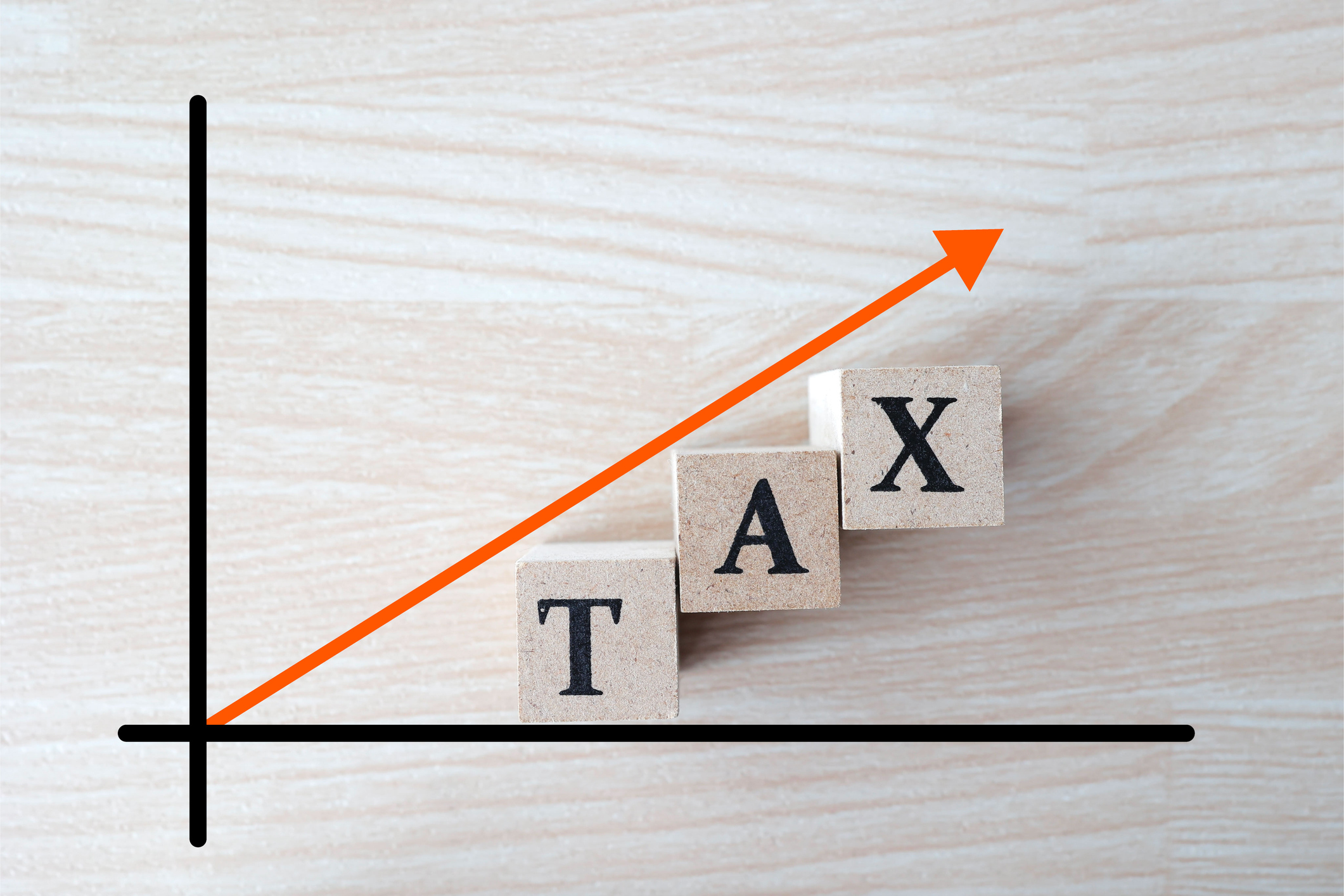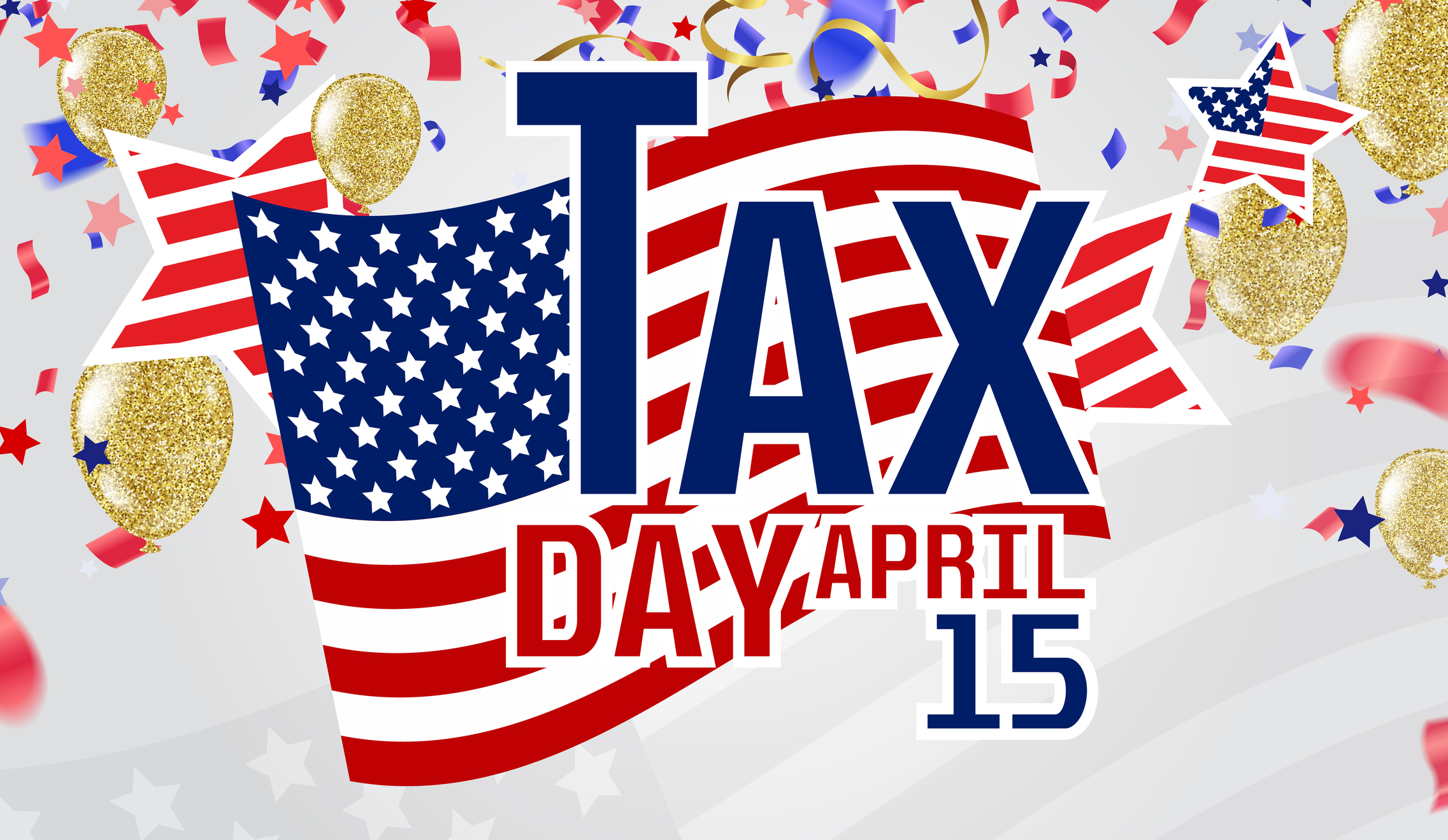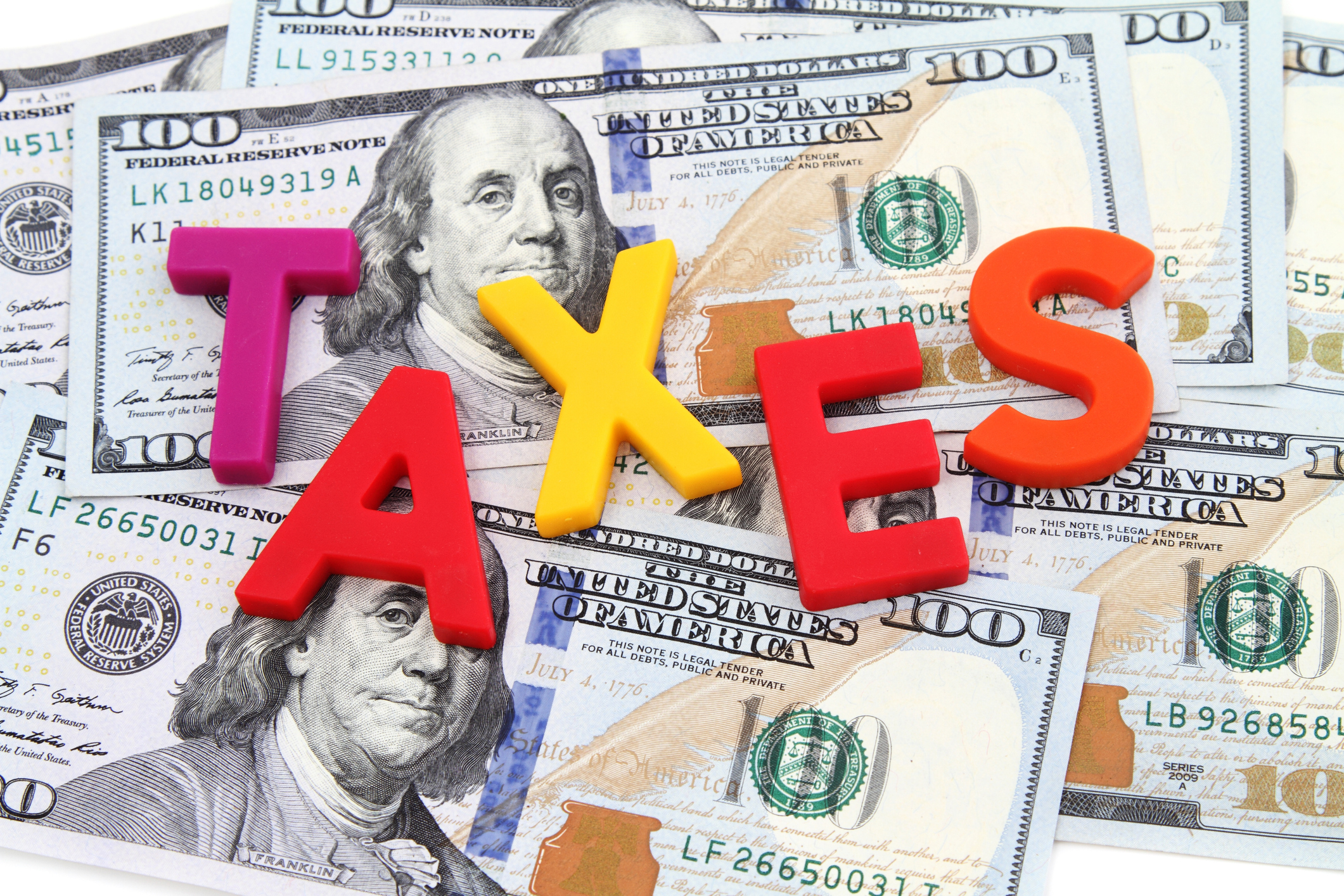One of the Best Ways to Give to Charity
Donate stocks instead of cash to maximize your contribution, as well as your tax savings.

For investors who are planning on giving money to a favorite church or charity before year-end, consider one of the greatest charitable-giving tax strategies in the tax code.
If you have highly appreciated stock in a non-retirement account, in most cases, you can give away an amount up to 30% of your adjusted gross income in one year and get a double tax advantage!
And if you go over this AGI limit, you can carry over the excess amount of donated stock until it's used up, as long as you get it done over the next five years with the 30% AGI annual limit.

Sign up for Kiplinger’s Free E-Newsletters
Profit and prosper with the best of expert advice on investing, taxes, retirement, personal finance and more - straight to your e-mail.
Profit and prosper with the best of expert advice - straight to your e-mail.
To get the double tax savings, don't sell the appreciated stock before you donate it. Instead give the appreciated stock away to the charitable organization. This way you'll avoid paying all capital gains tax.
You also are not penalizing your favorite charity or church because qualified tax-exempt organizations don't have to pay tax when they sell an appreciated asset.
If you held the stock for more than a year, you get a second round of tax savings—the larger deduction you receive since you're able to deduct the entire pre-tax value of the stock.
To illustrate, let's say Bob bought ABC stock five years ago for $10,000 and since then it's doubled in value to $20,000. Bob wants to donate this stock to his church's building fund. Bob is in a 25% tax bracket, which puts him in a 15% long-term capital gains tax bracket.
If Bob sells the stock before donating the proceeds, he will trigger a $10,000 capital gain and owe $1,500 in-long term capital gains tax (15% of the $10,000 gain). He now has $18,500 left to donate to the church, giving him an $18,500 tax deduction. In the 25% tax bracket, this will save him $4,625 in taxes (25% of the $18,500 donation).
Bob's total tax savings is $3,125 ($4,625 tax savings minus the $1,500 LTCG tax owed). Also Bob's donation to the church is reduced to $18,500 ($20,000 of stock minus $1,500 LTCG tax owed).
Alternatively, if Bob just gives the stock to the church, he avoids triggering the capital gain and saves the $1,500 in LTCG tax. Also, Bob is able to deduct the entire $20,000 value of the stock giving himself a larger tax deduction, saving Bob $5,000 in taxes (25% of the $20,000 donation) instead of the $4,625 in tax savings from the lower deduction in the first example.
In sum, by donating the stock directly instead of selling it and donating the proceeds, Bob's total tax savings is $5,000 rather than just $3,125. Also, Bob is able to give a larger $20,000 donation to the church instead of $18,500. And remember the church keeps all of the sales proceeds because they will owe no taxes when they sell the stock.
You should use a different tax strategy if you want to give stock that has depreciated in value. In this case, a better approach would be to first sell the stock to generate a realized loss, and then give the cash to the charity. This way you'll have a capital loss to offset current and future taxable capital gains. Plus, you can use up to $3,000 of your capital losses each year as a deduction against ordinary income. And of course you will still get a tax deduction on the sales proceeds of the stock that you donate to the charity.
However you donate, remember the stock should be given to a qualified charity. You can ask to see the organization's IRS determination letter, or go to the IRS website and check "IRS Exempt Organizations Select."
Also, the stock must be donated before the close of your tax year for it to be deductible, so... hurry. (And keep this strategy in mind for future years.)
Mike Piershale, ChFC, is president of Piershale Financial Group in Crystal Lake, Illinois. He works directly with clients on retirement and estate planning, portfolio management and insurance needs.
Get Kiplinger Today newsletter — free
Profit and prosper with the best of Kiplinger's advice on investing, taxes, retirement, personal finance and much more. Delivered daily. Enter your email in the box and click Sign Me Up.

-
 Which Generation Pays the Most Taxes in the US?
Which Generation Pays the Most Taxes in the US?Tax Burden Polls show that most people feel like taxes are unfair. But which age group bears the brunt of the tax burden in the United States?
By Kelley R. Taylor
-
 How Much Will Car Prices Go Up With Tariffs?
How Much Will Car Prices Go Up With Tariffs?Tariffs could drive car prices up even higher, for new and used cars, as well as for American brands.
By Jim Patterson
-
 Which Generation Pays the Most Taxes in the US?
Which Generation Pays the Most Taxes in the US?Tax Burden Polls show that most people feel like taxes are unfair. But which age group bears the brunt of the tax burden in the United States?
By Kelley R. Taylor
-
 Here’s How the Harvard Trump Tax Threat Could Impact You
Here’s How the Harvard Trump Tax Threat Could Impact YouTax Law Trump's latest showdown raises fundamental questions that could reach beyond nonprofit tax status.
By Kelley R. Taylor
-
 A QLAC Does So Much More Than Simply Defer Taxes
A QLAC Does So Much More Than Simply Defer TaxesHere are the multiple ways you can use a QLAC, from managing retirement risks to creating income for specific retirement needs and wants.
By Jerry Golden, Investment Adviser Representative
-
 Tax Day 2025: Don’t Miss These Freebies, Food Deals and Discounts
Tax Day 2025: Don’t Miss These Freebies, Food Deals and DiscountsTax Day You can score some sweet deals on April 15 in some select restaurants like Burger King, Shake Shack, and more.
By Gabriella Cruz-Martínez
-
 Navigating Annuity Taxation: A Guide for Financial Advisers
Navigating Annuity Taxation: A Guide for Financial AdvisersUnderstanding the essentials of taxation in retirement income strategies involving annuities helps ensure positive outcomes for clients.
By Jake Klima
-
 Tax Time: Does Your Kid Influencer Owe Taxes?
Tax Time: Does Your Kid Influencer Owe Taxes?State Tax Some minors are making big money on social media. Here’s how to know if they need to file taxes.
By Gabriella Cruz-Martínez
-
 A Confident Retirement Starts With These Four Strategies
A Confident Retirement Starts With These Four StrategiesWork your way around income gaps, tax gaffes and Social Security insecurity with some thoughtful planning and analysis.
By Nick Bare, CFP®
-
 Could You Retire at 59½? Five Considerations
Could You Retire at 59½? Five ConsiderationsWhile some people think they should wait until they're 65 or older to retire, retiring at 59½ could be one of the best decisions for your quality of life.
By Joe F. Schmitz Jr., CFP®, ChFC®